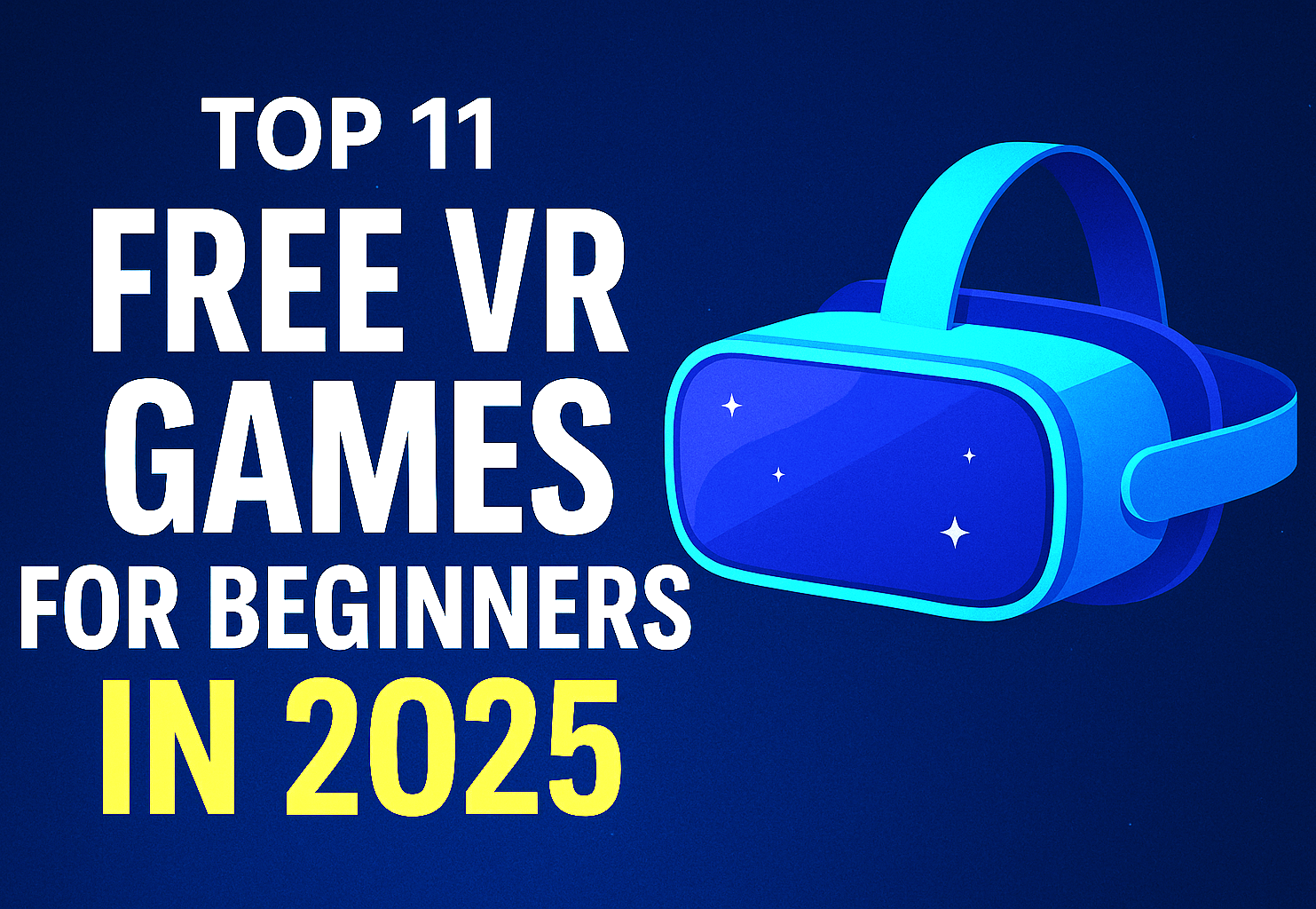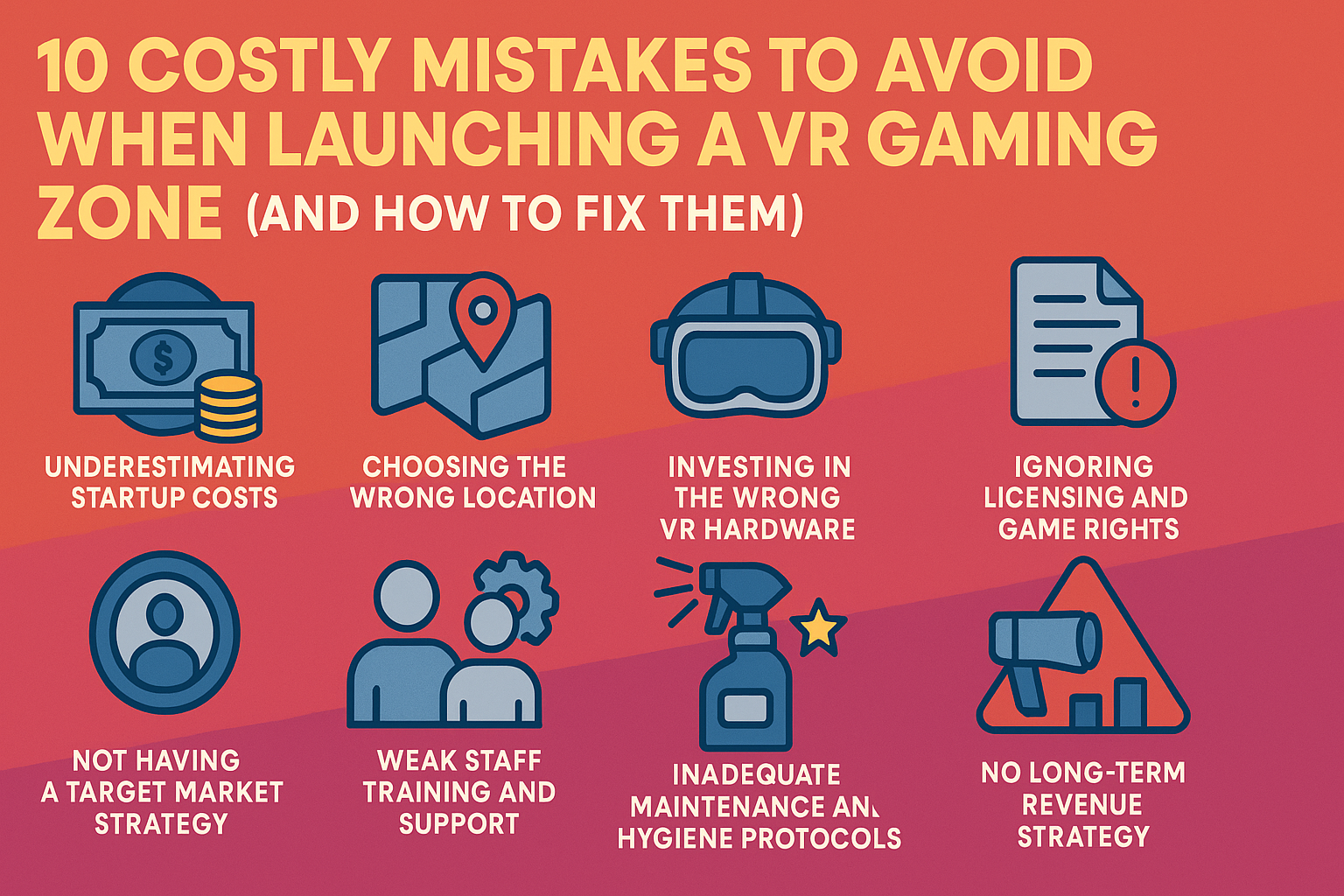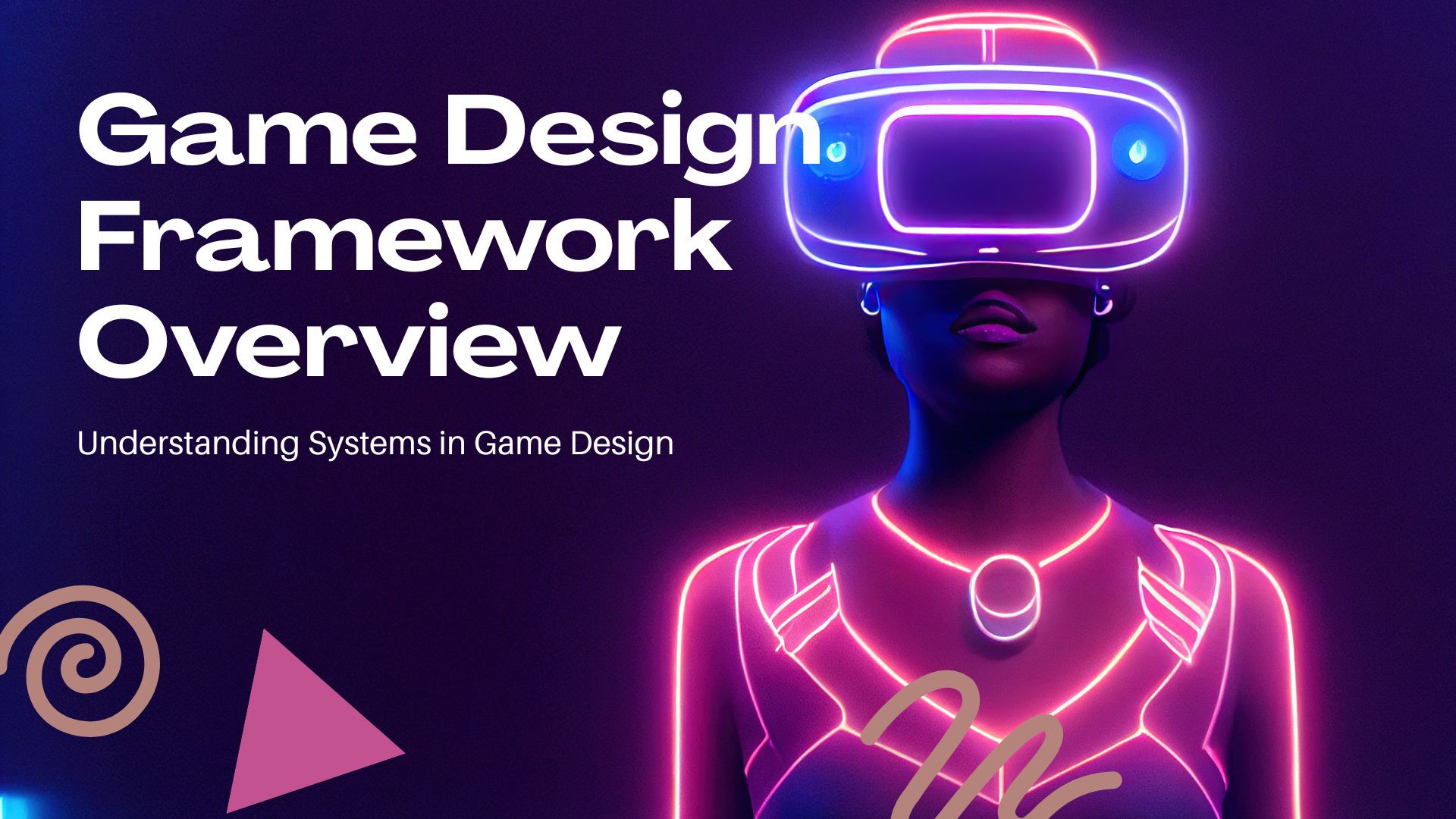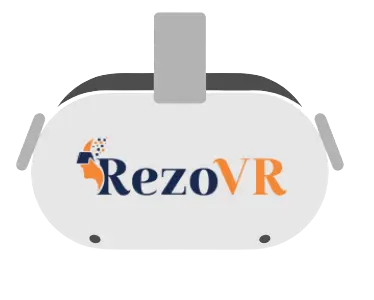Have you ever wondered about “virtual reality in public relations”?
We’re not talking about a story from a science fiction movie. It’s a real thing happening right now. In the world of public relations, or PR for short, there’s something big happening.
That’s where Virtual Reality (VR) comes in.VR technology lets people feel like they’re in a different place or world. It’s not just for video games or movies.
PR people use VR to tell stories and connect with people in new and exciting ways. But VR can do more than make excellent press releases or virtual events. “Virtual reality in public relations” creates new ways for businesses to talk and understand their customers, partners, and the public.
We will discuss this fantastic technology, how it’s changing public relations, and how PR professionals can use it. VR isn’t just a tool for PR. It’s a game-changer.
So come along with us as we explore how VR is revolutionising PR. You might be surprised, interested, and excited about what’s coming next.
So, are you ready to dive in?
The Evolution of Public Relations: A New Role for VR
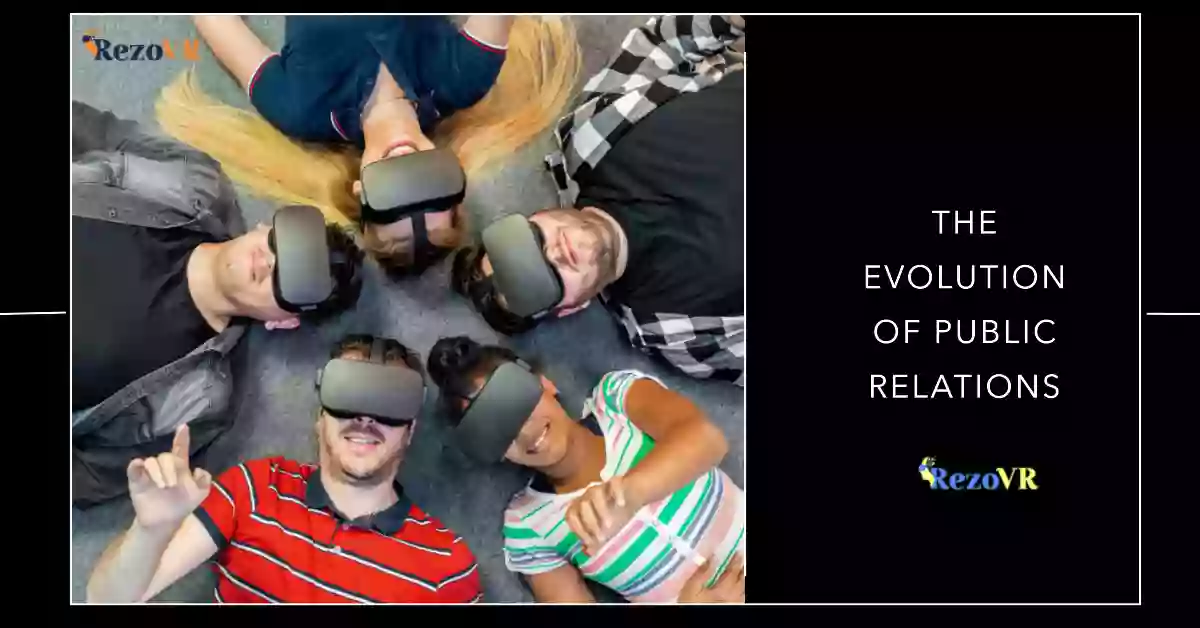

Public Relations, or PR, has changed a lot over time. It started with press releases and talking to the media. But now, it’s all about using digital tools and technology. One of the most significant changes is using “virtual reality in public relations”.
Virtual Reality, or VR, is a technology that can make you feel like you’re in a different place or world. As PR has changed and grown, it’s started to use more and more technology. It’s also become more about telling stories with which people can connect.
PR used to be all about newspapers and magazines. But now, it’s all about digital platforms like websites and social media. And VR is the latest and most exciting technology in PR.
“Virtual reality in public relations” is a big deal. It’s changing how PR professionals connect with their audiences. Imagine being part of a story, not just reading or watching it.
That’s what VR can do. It puts the audience in the middle of the story. It’s an experience like no other. VR is still new in PR, but it’s already being used excitingly.
PR professionals are using VR to make press releases more interactive, show off products more excitingly, and make corporate events more memorable. You might have heard of virtual tours or immersive experiences. These are just a few examples of how VR is used in PR.
But the potential of “virtual reality in public relations” goes beyond these examples. As we use more and more digital tools, VR will become even more important in PR.
The future of PR is here, and it’s virtually real.
Understanding VR: More Than Just Gaming
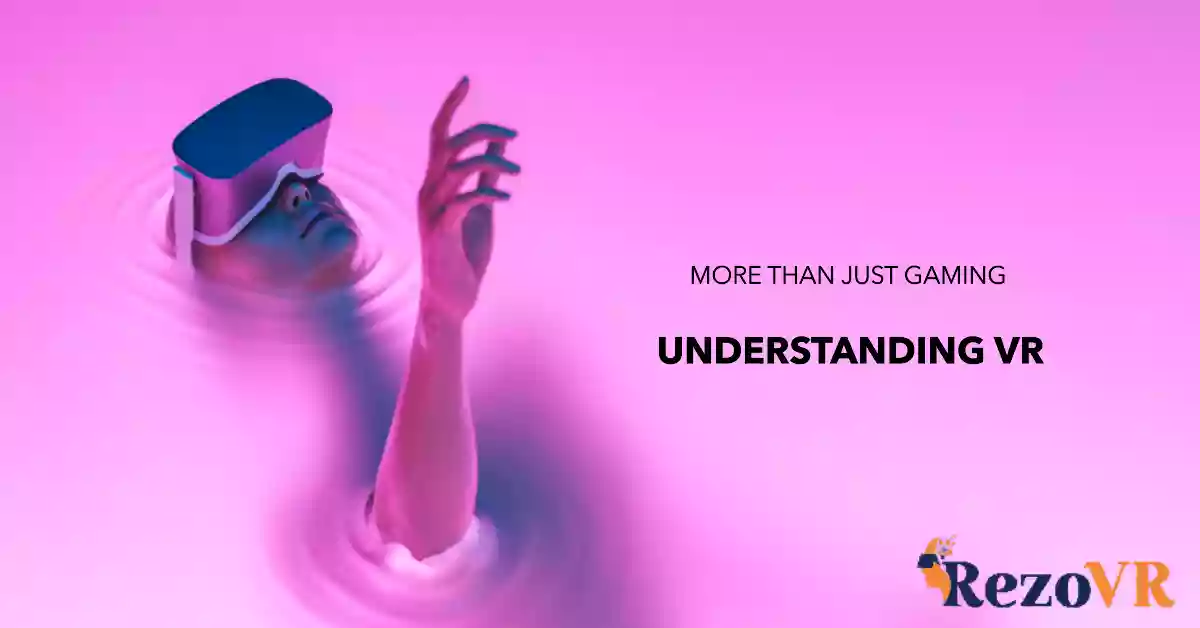

You’ve probably heard of “virtual reality in public relations” recently. But what is Virtual Reality, or VR?
You might think of VR as something just for video games. After all, VR headsets that let players step into unique digital worlds are popular. But VR isn’t just for games.
It’s a type of technology that can be used in many different areas, including public relations.
VR creates a fake, or “simulated,” environment for the user.
Unlike a computer or a TV, VR puts the user right inside the experience, not just watching it on a screen. Users feel like they’re in a 3D world created by the VR system.
The ability to make users feel like they’re really “inside” the experience is why VR is great for telling stories. And PR professionals have noticed this.
With VR, you can show audiences around a factory, let them try out a product, or take them to a different part of the world for a special event.
There are many possibilities, and the chance to engage audiences is vast. Imagine showing people what your organisation does, not just telling them.
That’s why “virtual reality in public relations” is so powerful. It lets PR professionals create unique experiences that people will remember.
As VR technology gets more accessible and cheaper, more PR professionals will start using it. Those using VR effectively will have an advantage in the PR world.
In a world where people’s attention is hard to get, VR offers a way to grab people’s attention and share messages in a way they’ll remember.
So, while VR might have started in gaming, its impact is felt in many other areas. In public relations, VR is more than just a trend. It’s changing the game.
This should give you a better understanding of how VR is used in public relations!
The Benefits of Virtual Reality in Public Relations
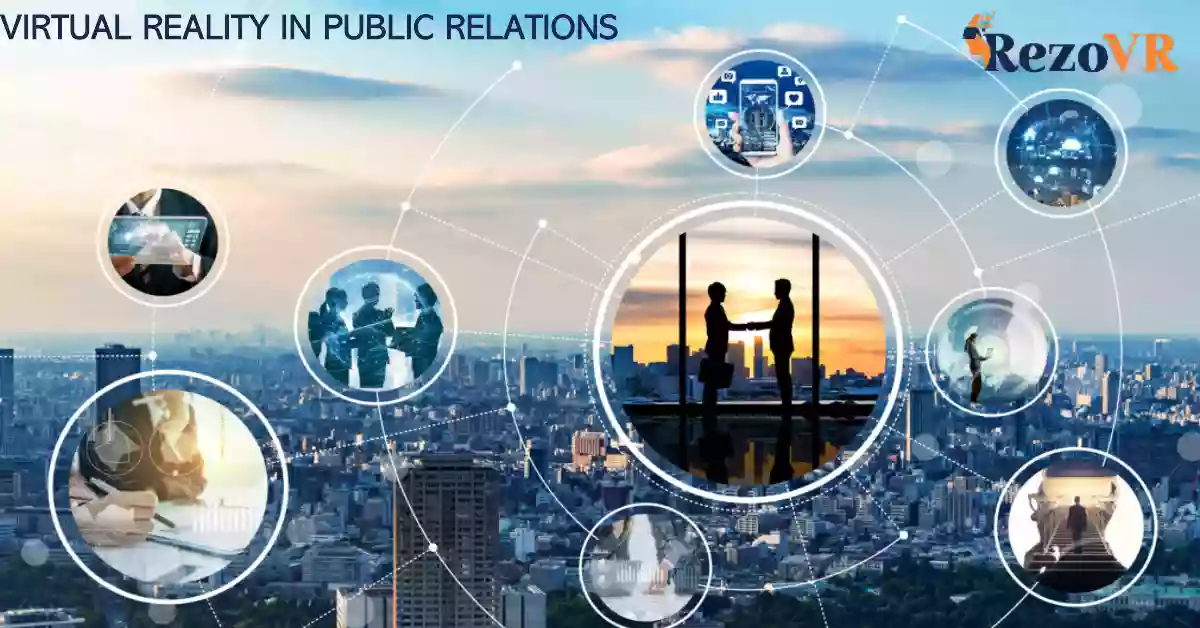

“Virtual reality in public relations” might sound like a significant phrase. Still, it just means using VR to communicate and interact with people in new and exciting ways.
There are lots of benefits to using VR in PR. One of the biggest is how engaging it can be. Traditional media, like TV or newspapers, sometimes struggle to keep people’s attention, but VR can do this well.
Because VR is so immersive, it can hold people’s attention and help them understand and remember the message better. Another great thing about VR is how it can make people feel empathetic.
By putting viewers in different situations or showing them different perspectives, VR can stir up feelings and create a sense of understanding that other media can’t do as well.
This can be useful in PR campaigns to drive social change or promote good causes. VR can also give a unique, behind-the-scenes look at an organisation, product, or service.
For example, a company could create a VR experience to show consumers how their favorite product is made.
The UN’s “Clouds Over Sidra” campaign is a real-world example of VR in PR. In this VR film, viewers see the world through the eyes of a 12-year-old girl living in a Syrian refugee camp.
This immersive experience helped people understand the reality of the refugee crisis and led to more donations to the cause. So, as you can see, “virtual reality in public relations” has many benefits and can make a significant impact!
Challenges and Solutions in Using VR in PR
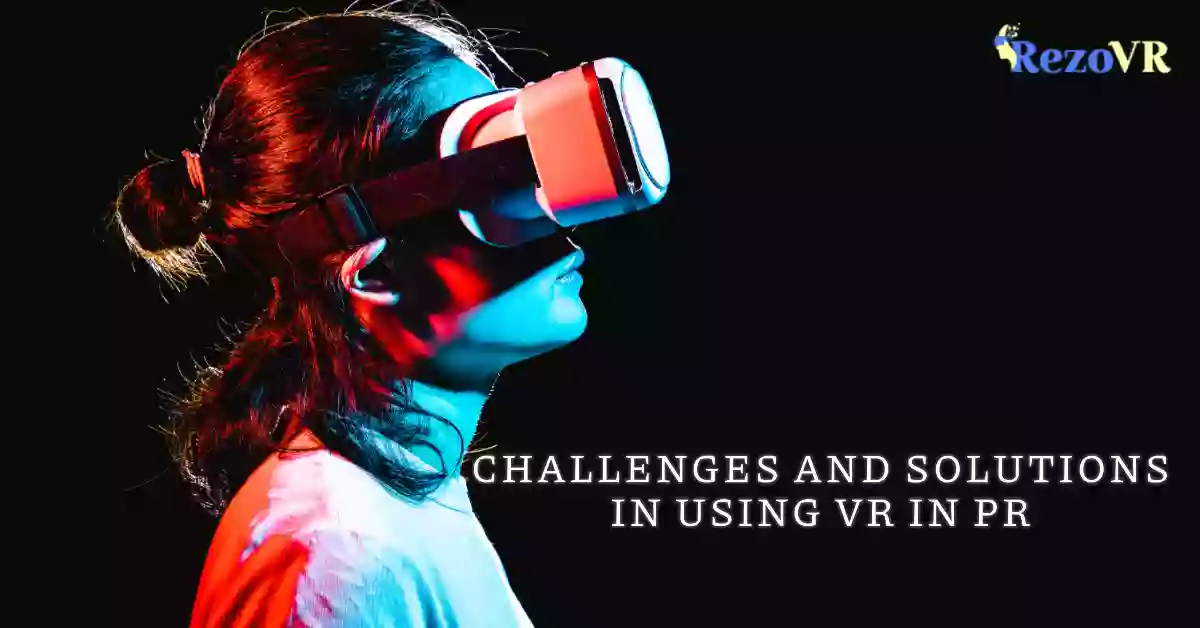

Even though “virtual reality in public relations” can do some incredible things, it also has some challenges.
One of the biggest problems is that making VR content can be expensive.
You need special equipment and people who know how to use it, which can be difficult for smaller organisations or those with little money.
But as technology gets better and more people start using it, making VR content should get cheaper.
Also, companies can partner with tech companies or look for grants and funding to help pay for these costs.
Another challenge is that only some have access to VR technology, like VR headsets. This can limit how many people can participate in VR-based PR campaigns.
To solve this problem, companies can create VR experiences that can be viewed on regular screens or mobile devices. That way, more people can access the content, even if it’s not as immersive as a full VR experience.
Lastly, it takes a lot of work to measure the success of VR in PR.
Traditional ways of measuring success might not work well for VR experiences, so PR professionals must develop new ways to do this. But even with these challenges, the benefits of “virtual reality in public relations” are too significant to ignore.
With good planning and strategy, PR professionals can use VR to create exciting experiences that get the audience involved on a whole new level.
The Future of Virtual Reality in Public Relations
The future of “virtual reality in public relations” looks very exciting.
As technology improves, VR will become an even more important part of PR.
More organisations are expected to start using VR to create immersive experiences that get the audience more involved and give unique insights into their brand or cause.
One future development could be using VR more for virtual events.
As we’ve seen during the COVID-19 pandemic, virtual events can be a great way to connect with audiences when in-person events aren’t possible.
With VR, these events could be even more exciting.
For example, imagine going to a virtual press conference where you can explore the environment, interact with products or exhibits, and even ask questions to virtual representatives.
Another possibility is using VR for crisis management.
PR professionals could use VR to practice dealing with crises and train their teams to respond effectively. This would provide valuable experience without the risks associated with a real problem.
Also, VR can create empathy and understanding during a crisis by allowing audiences to experience the situation firsthand.
So, even though there are challenges now, the future of “virtual reality in public relations” looks bright.
As VR technology becomes more common and easier to use, it will change how PR professionals engage with their audiences, offering new ways to tell stories, share information, and build relationships.
The importance of “virtual reality in public relations” will continue to grow, and those who embrace this technology will be at the forefront of this exciting change.
VR Devices and Their Impact on PR
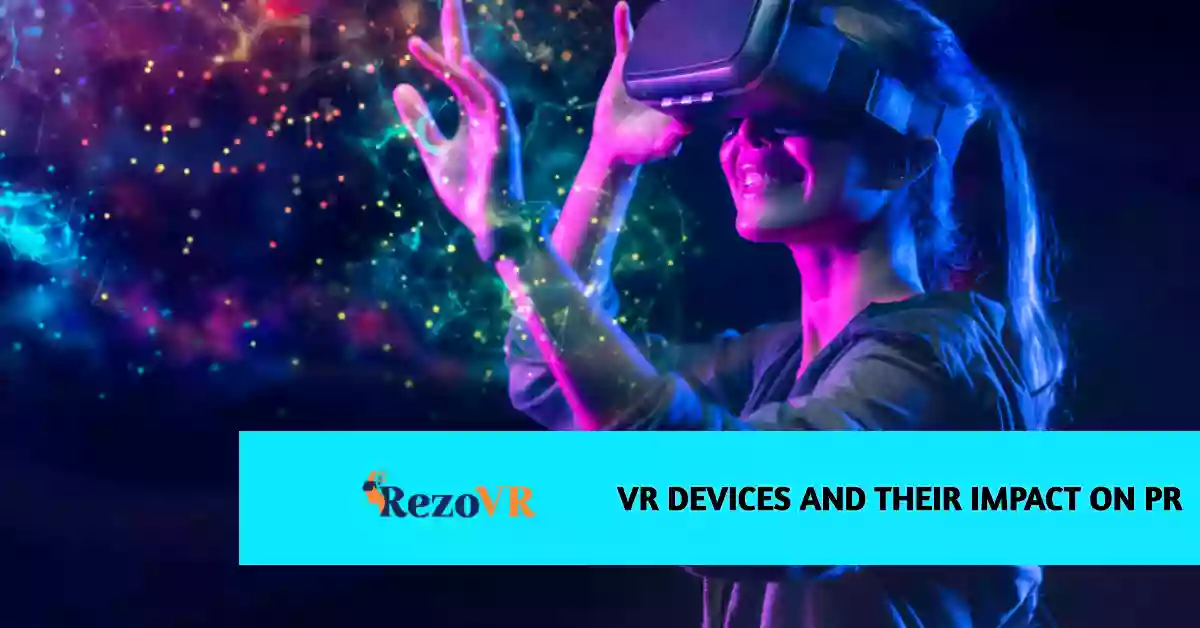

When discussing virtual reality, we must remember the devices that make it possible. A famous example of this is the “Oculus Rift“. This headset allows users to step inside their favourite games and virtual worlds.
But how does this impact public relations?
Well, devices like the Oculus Rift allow companies to offer their audiences immersive VR experiences. This can make brand messages more powerful and memorable.
For example, a car company could create a virtual test drive experience for their latest model. Users could put on a VR headset and feel like they are driving the car. This could make potential customers more excited about the vehicle and increase sales.
Another way VR devices can impact PR is by allowing companies to conduct virtual tours. For instance, a company could create a virtual factory tour, showing customers how their products are made. This could increase trust and positive “brand association”.
It’s also worth mentioning that VR can help reach “massive audiences”. By offering VR experiences online, companies can engage with people worldwide. This can be especially useful for big announcements or events.
Augmented Reality and PR
While we’re on virtual reality in public relations, “augmented reality” (AR) is also worth mentioning. Unlike VR, which creates a new virtual world, AR adds virtual elements to the real world.
AR can also be a powerful tool for PR. For example, a company could create an AR app allowing customers to see how their products would look in their homes. This could increase “consumer interest” and make customers more likely to buy.
Another example could be an AR treasure hunt, where customers must visit specific locations to find virtual treasures. This could be a fun way to get customers engaged with a brand.
The Intersection of VR/AR and Corporate Communications
VR and AR can also play a significant role in “corporate communications”. These technologies can make internal communications more engaging and effective.
For example, a company could use VR for training sessions, allowing employees to learn new skills in a safe, controlled virtual environment. This could improve learning outcomes and employee performance.
Or, a company could use AR to enhance presentations and meetings, making them more interactive and engaging.
In conclusion, VR and AR offer exciting new ways for public relations and corporate communications professionals to engage with their “clients”, “brands”, and audiences. As these technologies evolve and mainstream, their impact on PR will only grow.
1. What is Virtual Reality (VR) in Public Relations?
Virtual Reality (VR) in Public Relations is the use of VR technology to create immersive experiences that deepen audience engagement and enhance the PR strategy of an organisation.
2. How is VR used in Public Relations?
VR is used in Public Relations to create interactive press releases, immersive product demonstrations, virtual events, and virtual tours. It provides a unique, behind-the-scenes view of an organisation, product, or service.
3. What are the benefits of using VR in Public Relations?
VR in Public Relations offers several benefits, including increased audience engagement, improved message retention, and the ability to evoke strong emotions and empathy among viewers.
4. What are the challenges of implementing VR in Public Relations?
The challenges of implementing VR in Public Relations include the cost of producing VR content, limited access to VR technology among audiences, and the difficulty of measuring the success of VR experiences.
5. How can the challenges of implementing VR in PR be overcome?
Challenges can be overcome by exploring partnerships with tech companies, creating VR experiences accessible on standard screens, and developing new ways of measuring engagement within VR experiences.
6. What is the future of VR in Public Relations?
The future of VR in Public Relations looks promising. It’s expected to become an even more integral part of PR strategies, with organisations leveraging VR to create immersive experiences that deepen audience engagement.
7. How does Oculus Rift impact Public Relations?
Devices like Oculus Rift allow companies to offer immersive VR experiences, making brand messages more powerful and memorable. This could lead to increased audience engagement and positive brand association.
8. What is the role of Augmented Reality (AR) in Public Relations?
AR adds virtual elements to the real world and can be used in PR to create engaging experiences, such as AR apps allowing customers to see how products would look in their homes.
9. How does VR/AR impact Corporate Communications?
VR/AR can make internal communications more engaging and practical, for example, by using VR for training sessions or AR to enhance presentations and meetings.
10. Can VR/AR reach a massive audience?
Yes, by offering VR/AR experiences online, companies can engage with people worldwide, reaching massive audiences for big announcements or events.


